Warrior Pose III - Virabhadrasana III
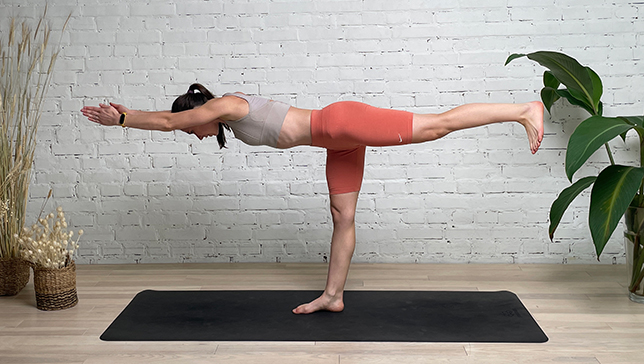
Contents
Warrior Pose III, also known as Virabhadrasana III in Sanskrit, is a challenging yoga pose that strengthens the legs, core, and improves balance and stability.
Warrior Pose III or Virabhadrasana III is considered a base pose as Warrior pose III variations can be derived from this pose. This pose is often included in vinyasa and power yoga classes and is great for toning the legs, glutes, core, and back muscles.
Pose Detail
- By Type: Balancing Yoga Poses
- Difficulty: Intermediate
- Body Position: Standing Yoga Poses
- By Benefit: Yoga Poses For Stress Relief, Yoga Poses For Weight Loss
Step-by-Step Instructions
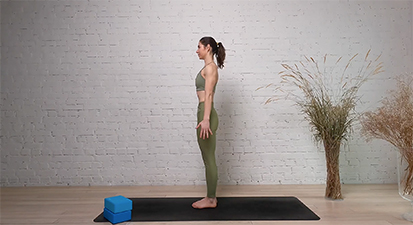
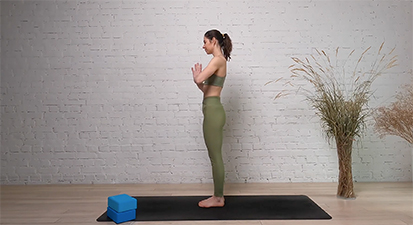
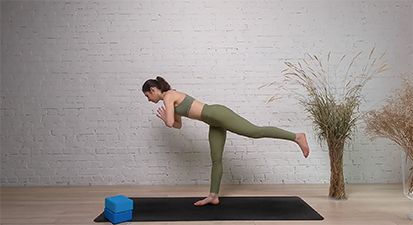
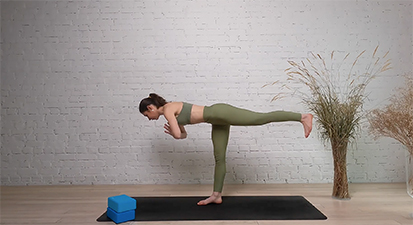
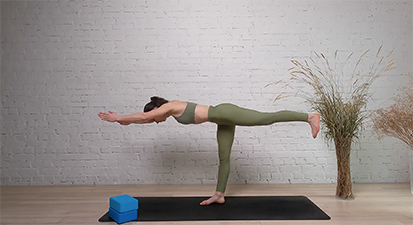
Benefits and Contraindications
Strengthens the ankles and legs
Strengthens the shoulders and muscles of the back
Tones the abdomen
Improves balance and posture
High blood pressure
Back problems
Spondylitis
Migraine
Photo poses in different angles
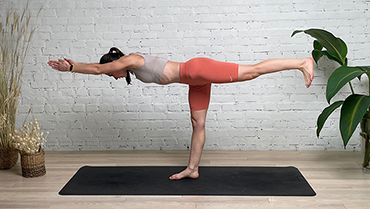
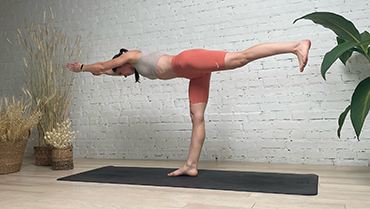
Modifications and Props
Modifying Warrior III with props can help you build strength and balance gradually, while also preventing injury. Here are some prop modifications for Virabhadrasana III:
-
- Blocks: Place a yoga block or two under your hands on the floor to raise the ground up closer to you. This will make it easier to hinge forward at the hips while keeping your back straight and your lifted leg engaged. It can also help you maintain balance and stability.
- Wall: Stand with your back against a wall and place your hands on the wall for support. Begin to hinge forward at the hips, lifting one leg off the ground behind you. Use the wall to help you balance and keep your lifted leg straight and engaged.
- Chair: Place a chair in front of you and place your hands on the seat of the chair for support. Begin to hinge forward at the hips, lifting one leg off the ground behind you. Use the chair to help you balance and keep your lifted leg straight and engaged.
Remember to listen to your body and only go as far as you feel comfortable. Over time, you can gradually reduce your reliance on props and work towards performing the full expression of Warrior 3 without assistance.
Useful Tips
- Practise this pose with your hands against a wall or the back of a tall chair. This will allow you to get used to the actions in the body while helping with balance.
- Instead of bringing your arms alongside your ears try brining the arms out to the sides, or bringing the palms together in front of your chest.
- Keeping the standing knee bent a little will also help with balance.
- Think about shooting energy out through the back foot to keep it light and lifted. Lift the inner arch of the foot and the inner ankle.
- Engaging the lower belly will help with stability.
Frequently Asked Questions
Warrior III works the hamstrings, quadriceps, glutes, core, and back muscles.
You can hold Warrior III for 5-10 breaths on each side. As you become more comfortable with the pose, you can gradually increase the duration.
Yes, Warrior III can help improve posture and strengthen the back muscles, which can help alleviate back pain.
It is best to consult with a doctor or a prenatal yoga teacher before practicing Warrior III or any other yoga pose during pregnancy.
Yes, beginners can do Warrior III, but it is important to start with modifications and gradually work up to the full pose as your strength and balance improve.
If you feel pain or discomfort in Warrior III, come out of the pose and rest. You can also try modifying the pose or seek guidance from a yoga teacher. It is important to listen to your body and avoid pushing beyond your limits.
Variations
- Warrior Pose III With A Chair
- Warrior Pose III With A Strap
- Warrior Pose III Near Wall
- Warrior Pose III With Blocks
- Flying Warrior III
- Revolved Warrior III
- Half Warrior Pose III